A Guide to Efficiently Transferring Your Operating System From SSD to M.2
- Home
- Support
- Tips Data Backup
- A Guide to Efficiently Transferring Your Operating System From SSD to M.2
Summary
Learn how to efficiently transfer OS from SSD to M.2 drive with our comprehensive guide. Back up files, clone OS, verify transfer, and optimize settings easily.
Table of contents
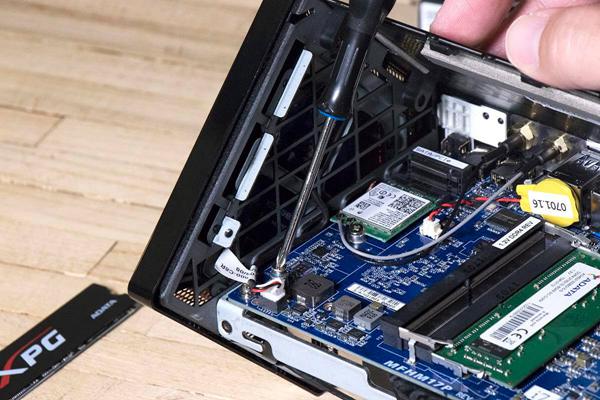
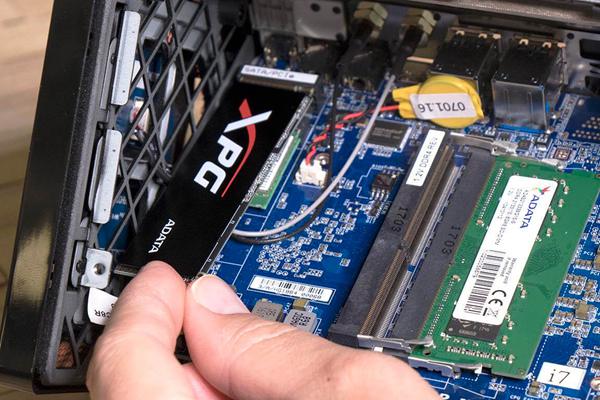
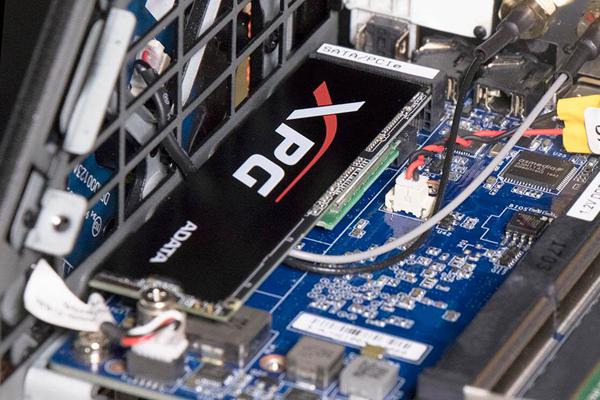
The ways to remove the access panel usually vary from laptop model to laptop model. It’s suggested to read the instruction manual of your laptop.
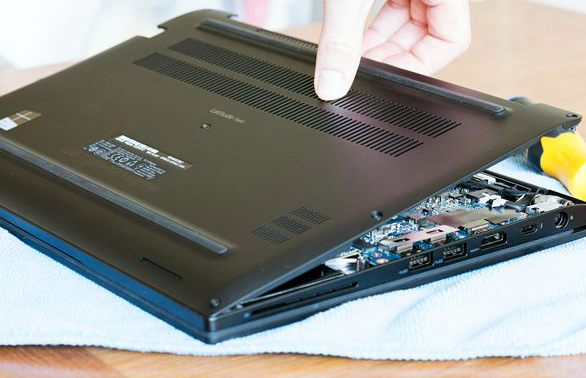
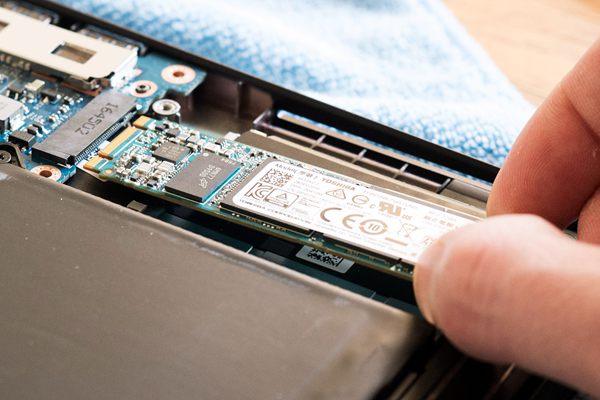
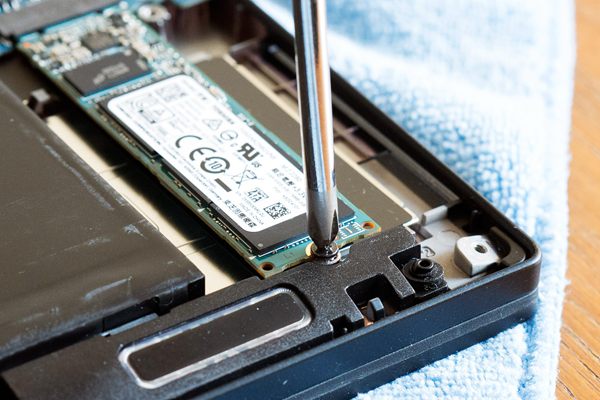

Automatic 4K alignment Improves SSD performance during system migration.
Support GPT and MBR Automatically adapt to the suitable partition format.
Support NTFS and FAT32 Redeploy various files in different file systems.
Back up quickly Back up files at up to 3,000MB/min.
Overall backup schedule Support system redeployment/system backup/partition backup/disk backup/disk clone.
Automatic 4K alignment Improve SSD performance
Support GPT and MBR Intelligently adapt to a partition format
Support NTFS and FAT32 Redeploy files in different file systems
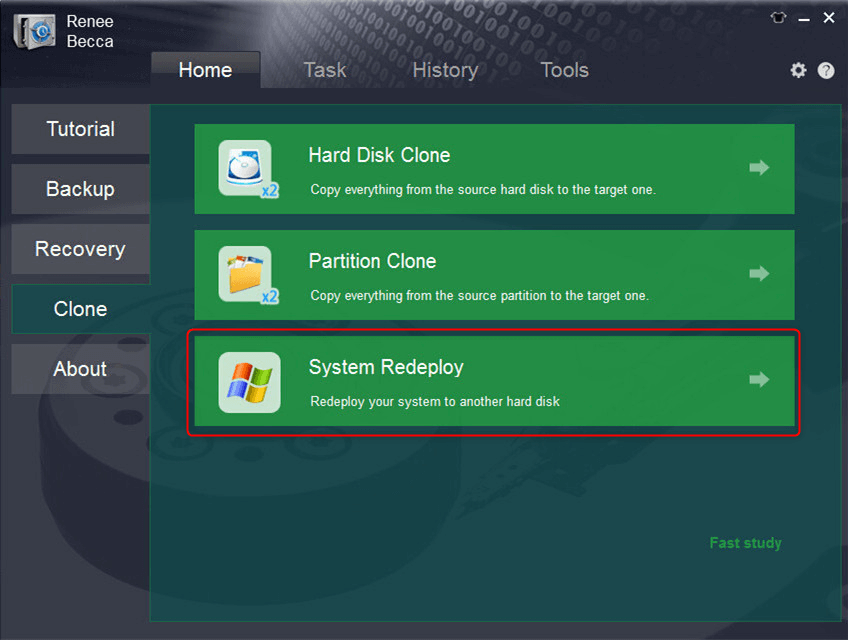
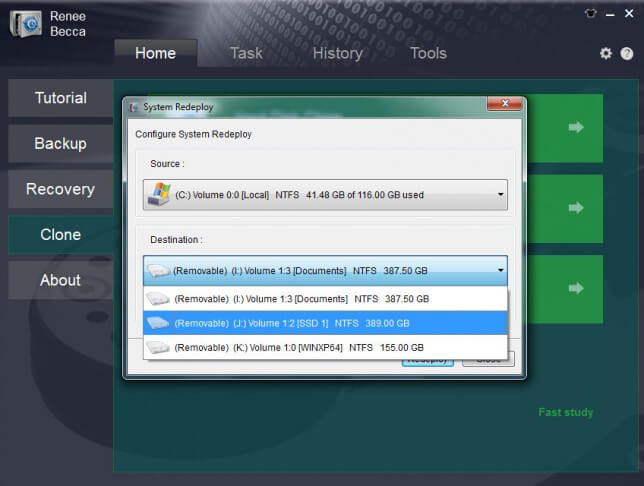
- Allows safe migration of operating system without fresh installation
- Simple steps for a smooth and hassle-free transfer
- Improves performance and faster boot times with new SSD
Cons:
- Doesn't have a Mac version
| BIOS Name | Method | The Key or Keys |
|---|---|---|
| Acer | Press Del or F2 immediately after powering on | Del/ F2 |
| Compaq | Press F10 while the cursor in the top right corner of the screen is blinking | F10 |
| Dell | Press F2 when the Dell logo appears/ or press every few seconds until the message Entering Setup appears | F2 |
| eMachines | Press Tab or Del while the eMachine logo displays on the screen | Tab/ Del |
| Fujitsu | Press F2 once the Fujitsu logo appears | F2 |
| Gateway | Press the F1 key repeatedly after restarting the computer | F1 |
| HP | Press the F1/ F10/ or F11 key after restarting the computer | F1/ F10/ F11 |
| IBM | Press F1 immediately after powering on the computer | F1 |
| Lenovo | Press F1 or F2 after powering on the computer | F1/ F2 |
| Nec | Press F2 to enter the BIOS Setup | F2 |
| Packard Bell | Press F1/ F2/ or Del to enter BIOS | F1/ F2/ Del |
| Samsung | Press F2 to start the BIOS setup utility | F2 |
| Sharp | Press F2 after the computer starts | F2 |
| Sony | Press F1/ F2/ or F3 after turning on the computer | F1/ F2/ F3 |
| Toshiba | Press F1 or Esc after powering on to access BIOS | F1/ Esc |
| ARLT | Press Del or F11 when the respective message is shown | Del/ F11 |
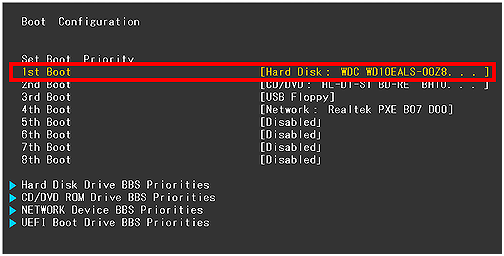
Once the computer successfully boots from the M.2 SSD, take a moment to navigate through your operating system and ensure that all your files, applications, and settings are intact.
Relate Links :
Upgrading to SSD? Consider Disk Copier for a Seamless Transition
14-09-2023
John Weaver : Upgrade PC performance effortlessly with a disk copier like the one mentioned here. Clone your hard drive to...
Choosing Between Disk Duplicators and Software-Based Cloning Methods
14-09-2023
Ashley S. Miller : Learn about the advantages and disadvantages of disk duplicators and software-based cloning methods, including speed, flexibility, cost, reliability,...
Accelerate Windows 11 Migration: Simplify OS to SSD Transfer with a Migration Tool
14-09-2023
John Weaver : Easily migrate OS to SSD on Windows 11 using automation tools, ensuring a smooth and error-free process while...
The Ultimate Upgrade: Transferring Windows from HDD to SSD on a Laptop
13-09-2023
Amanda J. Brook : Learn how to transfer Windows 10 from HDD to SSD on your laptop with this comprehensive guide. Back...




